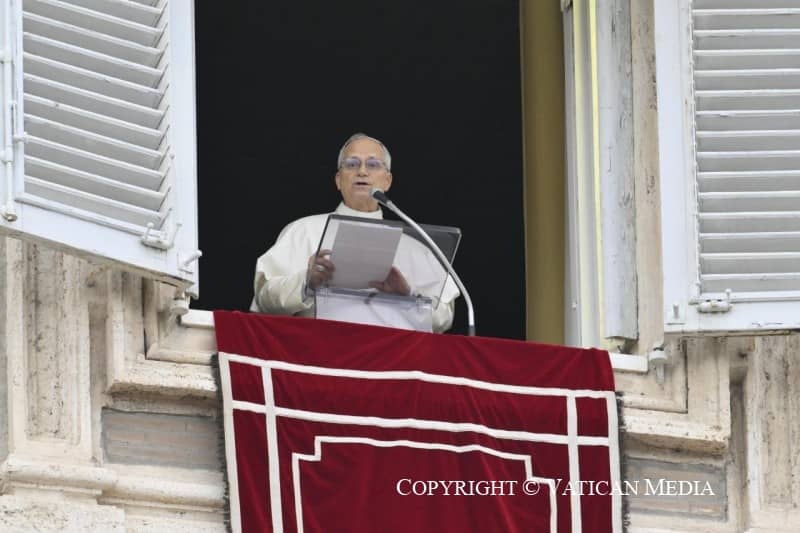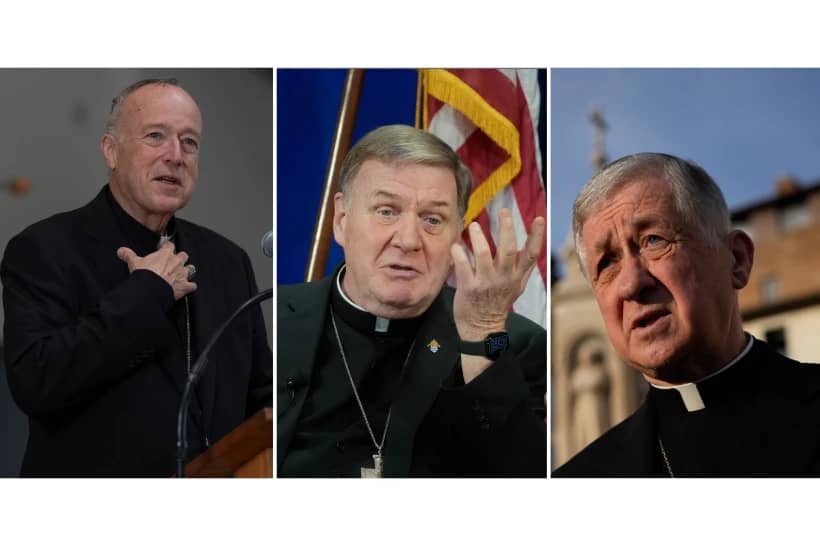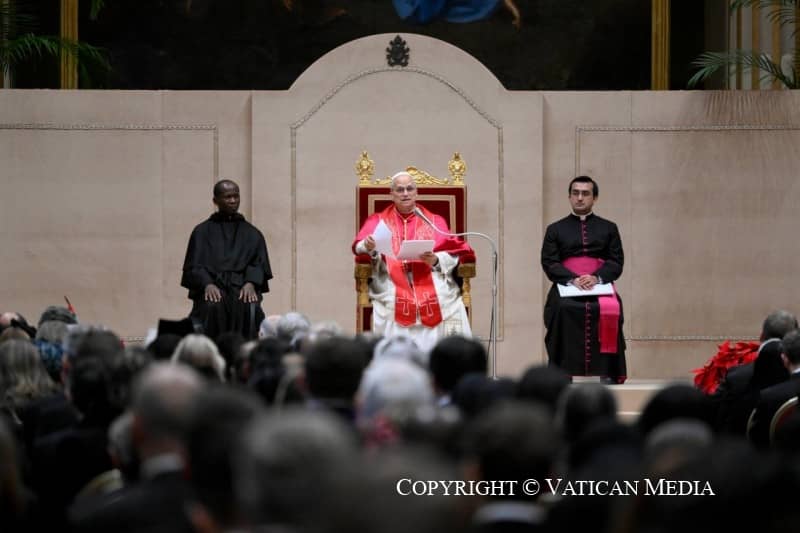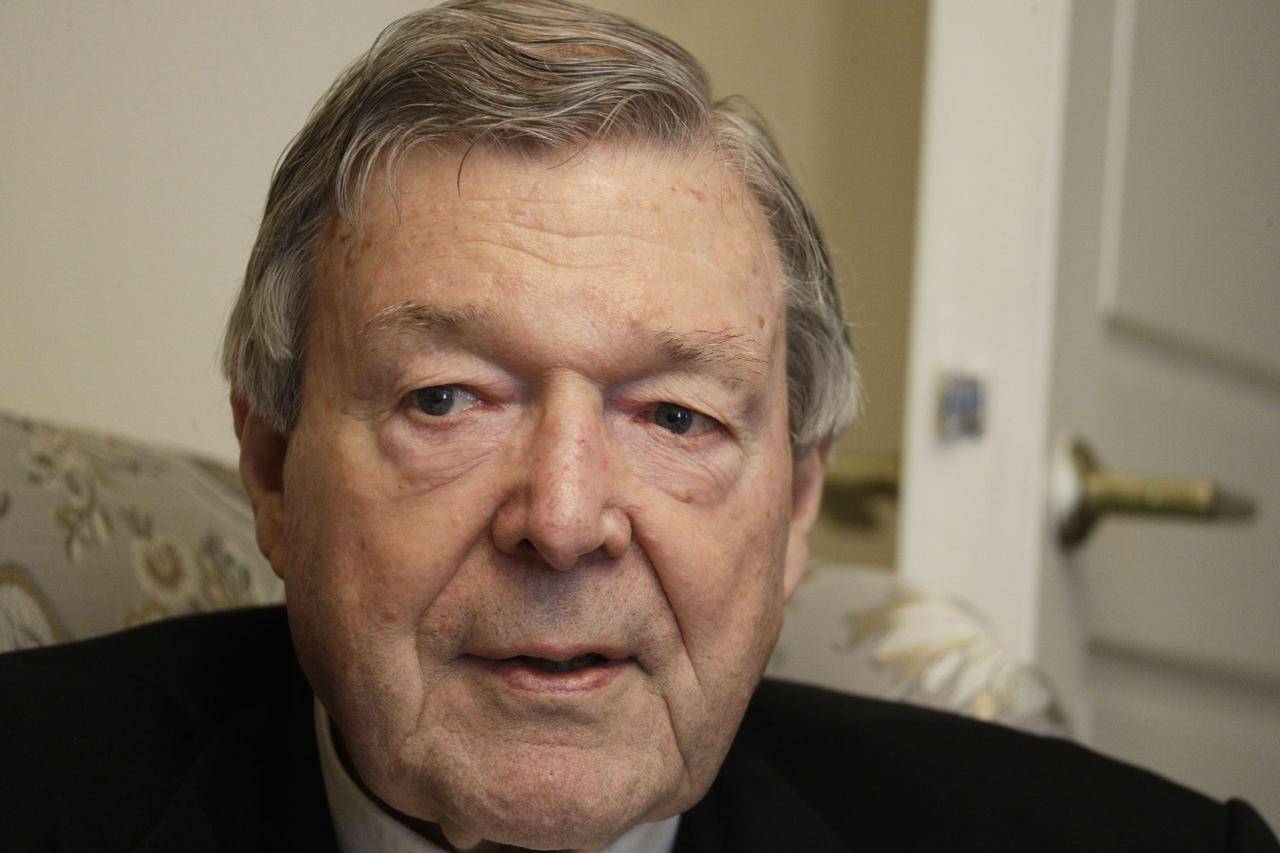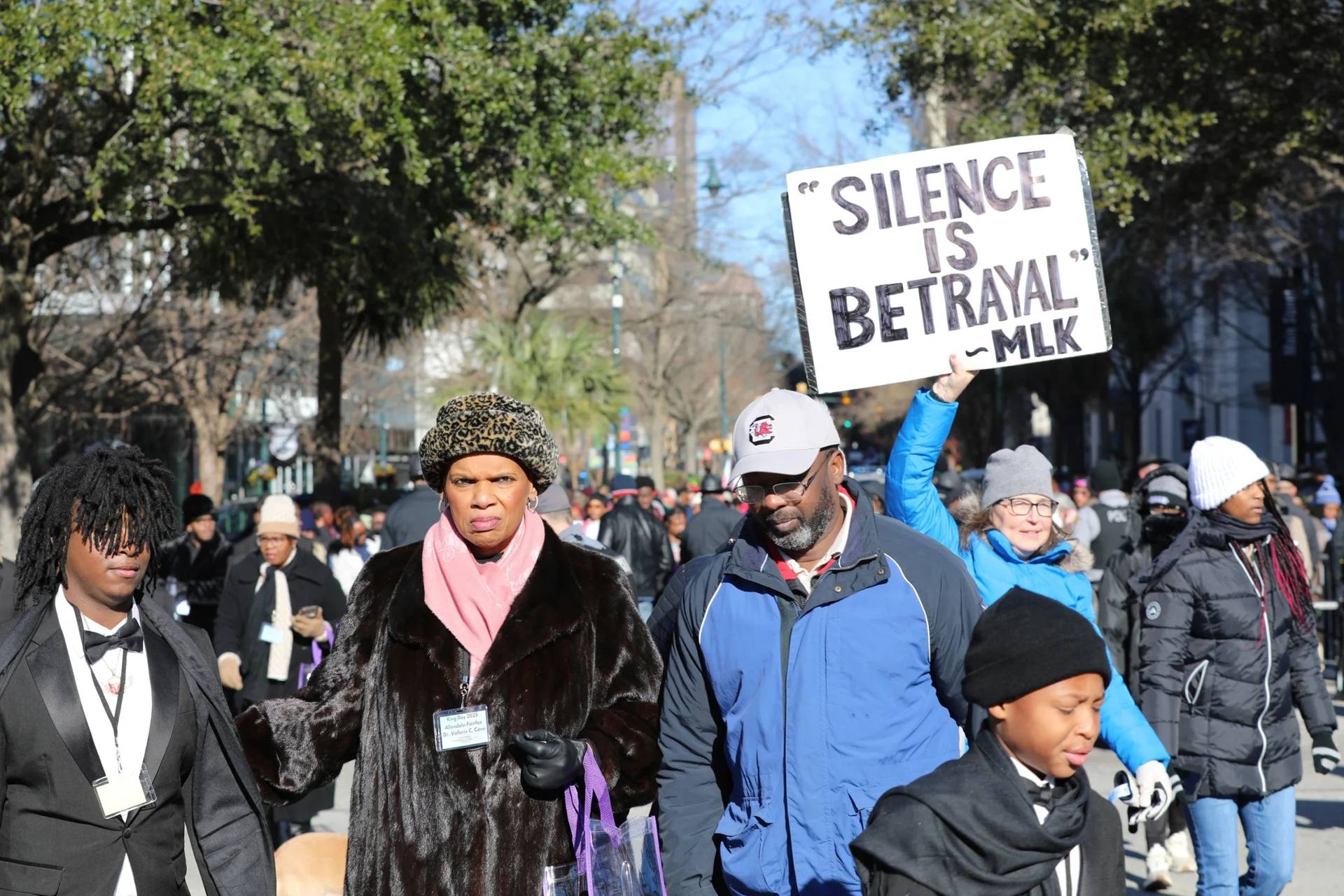ROME – By consensus, the defining global event of 2022 was something many analysts feared but few forecast accurately: Russia’s all-out Feb. 24 invasion of Ukraine, triggering the most serious armed conflict in Europe since the Second World War.
That prognostication failure probably ought to induce a bit of caution about predictions for 2023, since the most dramatic turning points are often the ones we don’t see coming.
On the other hand, here’s the great thing about futurology: At the time you utter predictions you can’t possibly be proven wrong, and by the time it is possible to assess your accuracy, most people have forgotten what you said anyway.
Predictions are thus like what Bob Dole once said about the vice-presidency: It’s indoor work, and there’s no heavy lifting.
In that spirit, herewith my annual list of Vatican predictions for 2023.
If any of them come true, let history record you heard it here first; in the (entirely plausible) event none of them do, then I’ll quietly remove this post from the Crux site a year from now and we’ll all agree to pretend it never happened.
5. Engaging Iran
2022 is ending on something of a disappointing note for Vatican diplomacy, as repeated offers from Pope Francis and his team to act as a mediator in the war in Ukraine seemed to fall on deaf ears. When Ukraine’s Foreign Minister recently proposed peace talks in February, he suggested UN Secretary General António Guterres, not the pontiff, as the go-between.
There’s another conflict, however, where the Vatican could play a surprisingly major role in 2023: Iran.
The nation is currently engulfed in its longest-running public demonstrations since the Islamic Revolution in 1979, and despite mounting arrests and executions, people are continuing to take to the streets. It’s impossible to forecast where all this may lead, but it suggests an increasingly fragmented and volatile Iran in the coming months.
Among the world’s major non-Muslim institutions, the Vatican has a unique capacity to engage Iran. For one thing, Iran and the Holy See have enjoyed full diplomatic relations since 1954, a full 30 years before Washington and the Vatican exchanged ambassadors.
For another, scholars of religion emphasize the many parallels between the Catholic version of Christianity and the Shi’a form of Islam that dominates Iran, from saints and popular devotion to a strong clerical hierarchy and a theology of sacrificial death and atonement.
Experts in Christian-Muslim dialogue often say that Catholics and Shi’ites are natural conversation partners.
If the Vatican plays its cards right, it could be among the very few external actors with any capacity at all to steer Iran towards moderation and reform.
4. Holy Land Headaches
As the most right-wing and nationalist government in Israel’s history takes power, the forecast would seem to be for the Holy Land once again to be a headache for the Vatican in 2023 on multiple levels.
To begin with, the Vatican is a long-standing supporter of the two-state solution to the Israeli/Palestinian conflict, and of the status quo with regard to shared religious sites as a way to keep the peace in the meantime. The new Israeli government doesn’t seem committed to either of those points, suggesting diplomatic conflict ahead.
Further, the new government also seems ambivalent about the state of religious minorities in Israel, suggesting new pressures on the diminishing Christian minority. Catholic leaders will have to thread the needle carefully, exercising whatever leverage they can muster to defend Christians and their institutions without cementing pre-existing impressions in many Israeli circles that church leaders are excessively pro-Palestinian.
2023 will also bring the 30th anniversary of the Fundamental Agreement between Israel and the Holy See that inaugurated diplomatic relations. That should be an occasion for celebration, except that it’s also a reminder that a promised add-on agreement dealing with financial, tax and property issues, which was supposed to be worked out swiftly afterwards, still hasn’t been adopted three decades later.
Recently the Catholic ordinaries of the Holy Land opened a “Professional Legal Office” designed to give legal support to the Catholic institutions of the region – suggesting that the bishops, at least, anticipate litigation ahead.
3. Word of the Year: “Synodality”
Mark two key dates on your 2023 calendars: March 5, when the German “Synodal Way” holds its fifth and (at least for now) final plenary assembly, and October 4, when Pope Francis will open the first of two Synods of Bishops on Synodality in the Vatican. (The other is scheduled for October 2024).
The tension between these two expressions of “synodality,” meaning the German experiment and the formal Roman process, should mark out much of the Catholic drama for the year to come.
In a nutshell, Pope Francis and his Vatican advisers have sent several seemingly clear admonitions to the Germans not to run ahead of the universal church by adopting proposals on hot-button issues such as same-sex marriage, clerical celibacy, women’s ordination and a lay role in the selection of bishops. On the other hand, Francis has not disciplined any of the architects of the German process, seemingly content at least for now to let things play out.
Managing expectations for his own Synod of Bishops, while still delivering a fundamental overhaul of ecclesiastical life in the direction of greater consultation and participation he so clearly desires, promises to be perhaps the keenest tests of Francis’s leadership throughout the new year.
2. #MeToo Arrives in Catholicism
Since the clerical sexual abuse scandals erupted in the US in 2002, the Catholic Church worldwide has been engaged in a massive effort to do justice to survivors and to create a safe environment for children. As part of that effort, the Vatican has codified procedures for child abuse cases which are relatively swift, sure and invariable.
2023 may well go down as the year the Catholic Church was compelled to adopt a similarly aggressive stance with respect to abuse of adults, especially women.
Right now, the motor force for that trajectory is the case of Jesuit Father Marko Rupnik, the acclaimed Slovenian artist who’s been accused of protracted sexual and spiritual abuse of a community of nuns in his native country as well as abuse of the sacrament of confession to absolve a woman with whom he engaged in sexual activity.
To date, the only punishment Rupnik has faced was a brief-lived excommunication for the offense regarding the confessional, along with a handful of restrictions on ministry imposed by his own Jesuit order. The contrast between the slow and mild treatment of Rupnik and the harsh penalties meted out in other cases has generated widespread perplexity and outrage.
In 2021, Pope Francis broadened the definition of sexual abuse in church law to include adults, but most observers say enforcement of that revision has been decidedly uneven. As the New Year unfolds, Pope Francis and other church leaders likely will face growing pressure not merely to act on Rupnik, but to plug the gap in abuse policies and procedures his case has illustrated.
1. Papal Endgame Speculation
As of this writing, the Catholic world was praying for the health of Pope emeritus Benedict XVI after reports that his condition has worsened significantly in recent days, and that the end may be near for the 95-year-old retired pontiff.
Should Benedict XVI indeed go to his reward, one of the brakes on speculation about how Francis’s papacy may end would be removed: Many observers have long felt that Francis would be open to resignation, should his own health or energy level suggest it, but that he would refrain as long as Benedict remained alive in order to avoid the scenario of having two retired popes at once.
Regardless of what happens to Benedict, it’s inevitable that with an 86-year-old pontiff increasingly confined to a wheelchair, and who had major colon surgery last year, speculation about a possible transition will only grow.
Such conjecture, by the way, will mount despite the fact that many indicators suggest Francis actually could be good to go for some time to come. He’s got an ambitious travel schedule for 2023, he wants to see his synodal process through to conclusion in 2024, and he’s got a sweeping overhaul of the Vatican to implement. As the pontiff himself recently said, “One governs with the head, not with the knee.”
Nonetheless, any health hiccup during 2023 – a raspy voice during a General Audience, a cancelled appointment with a visiting nuncio, a small stumble as he makes his way across a room, a brief trip to the hospital for a checkup, whatever – will unleash torrents of fin de régime commentary.
If the papacy had term limits, perhaps some of this speculation might be contained. As long as the only way to trigger a transition is death or resignation, however, no power on heaven or earth seems likely to make it go away.







